WICP brought telehealth to Shade Tree before the pandemic— and their hard work paid off in unexpected ways
by Emma Mattson

When med students Austin Triana and Kaustav Shah kickstarted an interdisciplinary consulting program back in 2019, one of their first projects addressed telehealth opportunities at the Shade Tree Clinic. The team had no idea how relevant their project would quickly become.
Since its creation in 2019, the Wond’ry Innovation Consulting Program has partnered with Shade Tree and other Nashville community organizations to engage students from across the university to work on meaningful, real-world problems in the healthcare realm.
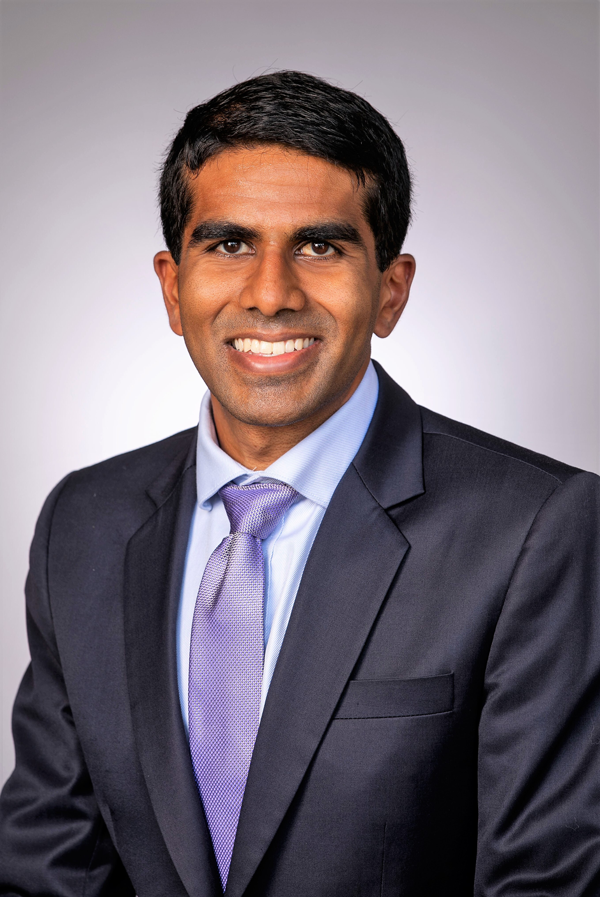
Shah and Triana both had long-standing interest in tackling business problems, and Shah had worked full-time in consulting before coming to med school. Both co-founders wanted to apply that wealth of experience to problems that didn’t get as much visibility.
“It was really empowering to start this group and grow it from nothing because we were fulfilling this strong desire for students like us to work with real companies and work on real healthcare problems,” Triana said.

Olivia Henry, an M2 who has worked with WICP for three consecutive semesters, cited similar motivations. Before coming to med school, she had worked two years as a healthcare research analyst for a small hedge fund.
“I used to follow this all the time, so I know a lot about the technology and industry-wide scene, and I don’t think about that at all now as a medical student,” Henry said. “But I thought it would be really cool to get back in touch with that.”
WICP seemed like the perfect opportunity to put that knowledge into practice.
Interdisciplinary Strengths
WICP brings together graduate and pre-professional students from across the university in teams of 4 to 5 people each. The teams dedicate a total of 20 to 25 hours per week to help their client solve a problem, develop a new strategy, or expand a key venture.
Henry, now a WICP project manager herself, especially loves getting to collaborate with up-and-coming minds in the Nashville area.
“It’s really cool because you talk to young entrepreneurs who are sometimes the same age as us and have started these awesome companies, came up with an idea, coded a website,” Henry said. “It’s really fun. I’ve loved that aspect of it.”
And it’s not just the companies WICP works with— it’s the team members, too.
In the past three semesters, WICP consulting teams have included nursing, medicine, business, and basic sciences students. In the future, they hope to welcome undergraduates and law students as well, Triana said.
“We all have such completely different backgrounds and completely different goals going forward,” Henry said. “Having us all come together and share our thoughts on one project just really shows you how people with different backgrounds think.”
Though Shah and Triana valued WICP’s potential to expand outward to serve Nashville institutions, they decided to keep the first year close to home, tackling healthcare-related issues at the Shade Tree Clinic.
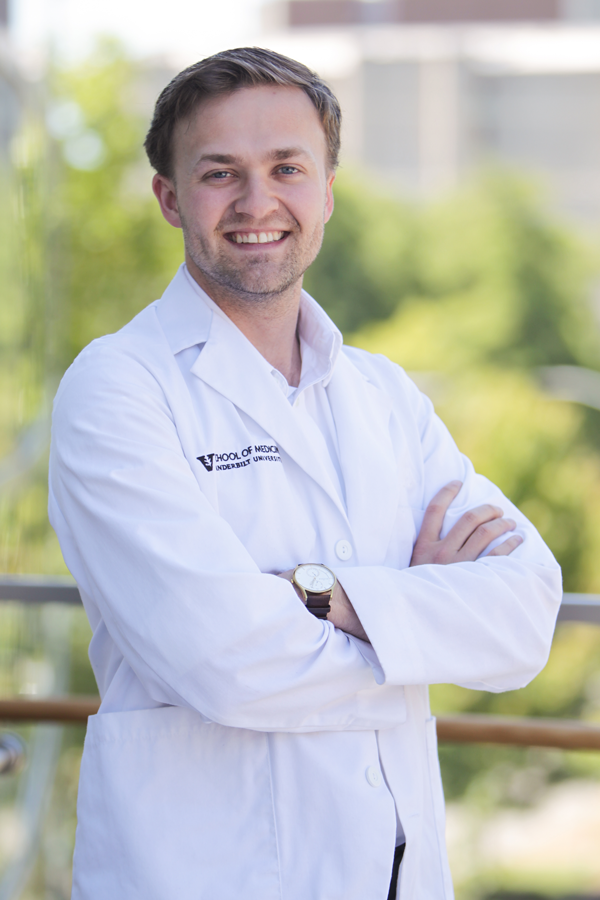
To M4 Thomas Day, who served as Shade Tree’s executive co-director during WICP’s first year, the partnership between WICP and Shade Tree made perfect sense, especially given Shah’s role as Finance Director.
“Kaustav [Shah] was intimately involved with Shade Tree because he was on our executive board,” Day said. “He was the perfect person to bridge those two organizations and try to [help] both of them do things they really could not have done on their own.”
After conversations with Shade Tree, WICP lined up two projects for the Fall 2019 semester: a financial performance analysis and a telemedicine exploration for the clinic.
The teams could never have imagined how propitious the projects’ timing would be.
Improving Shade Tree’s Financial Performance
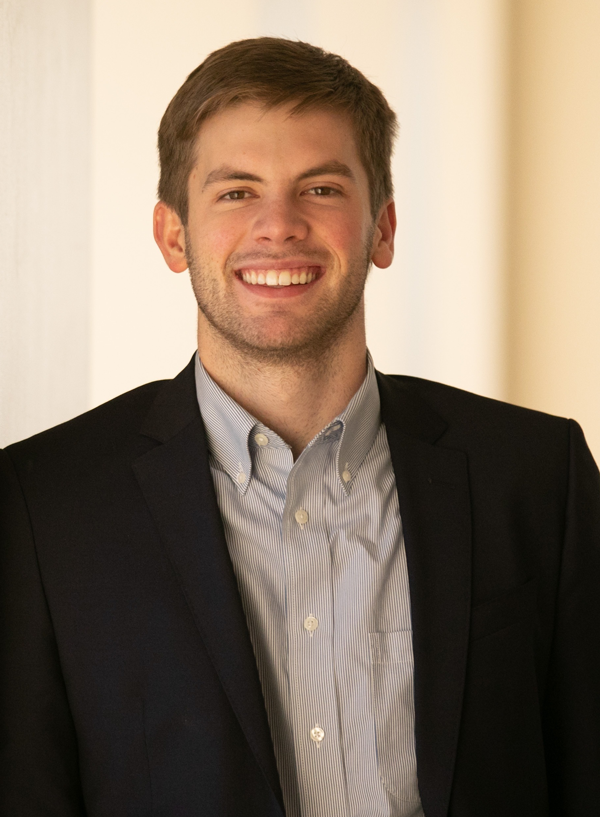
M2 Graham Treasure, then a first-year student, served as project manager for the first of these initiatives. Though the interdisciplinary nature of WICP appealed to him immediately, he had another reason for joining the team as well. Like Shah and Henry, Treasure had spent years working as a consultant before med school and felt well-prepared to lead a student consulting team.
Shade Tree’s student-run structure also drew Treasure in. After all, WICP took the concept of hands-on service that was already innate to Shade Tree and expanded it to the strategic management of the clinic.
“That’s certainly something that the executive board of Shade Tree, who are students, can do,” Treasure said, “but this expanded that opportunity within a focused scope and allowed all of us to put on our hospital manager hats and figure out what’s the best way we can serve Shade Tree.”
The team Treasure led focused on finding possible avenues for improving the clinic’s financial performance. At the end of the semester, they recommended solutions to increase the efficiency of the clinic’s dispensary, including identifying cost-efficient alternatives to some medications.
Day, Shade Tree’s executive co-director at the time, described the team’s presentation and proposal as “exceptionally high quality.”
“The pharmacy [initiative] was incredibly helpful because it gave us just a really in-depth look at where our funds are going, where potential inefficiencies were, and how we could help our nonprofit dollars go farther for our patients,” Day remembers.
Though the team’s concerns were highly practical in nature, they never lost sight of the larger community they were serving through Shade Tree.
“That’s what I’ve loved the most about this: the community and how everybody works together,” Treasure says. “It’s so great, and I’m grateful to have been a part of it.”
Exploring Telehealth Options at Shade Tree
While one team led the financial analysis project, a second team, led by Triana, was exploring a completely different direction for the clinic: telehealth.
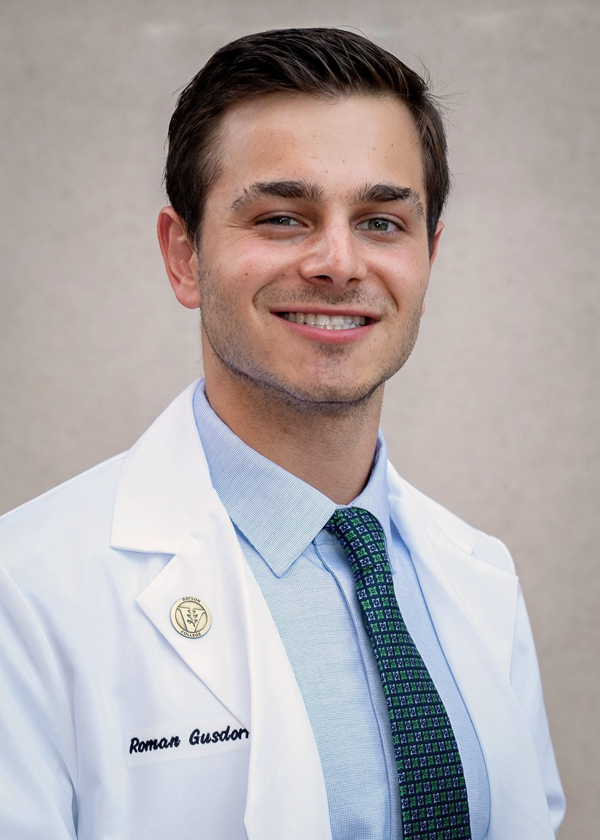
“Now Zoom is commonplace, but when we were first working on Shade Tree telehealth services, we had never heard of Zoom,” remembers team member Roman Gusdorf (M3).
In pre-pandemic time, telehealth appointments were relatively rare, even though hospitals have had the necessary technology available for years.
“In this large healthcare system, change can be slow because people are rightfully conservative,” Gusdorf said. “As we do with a lot of medicine, we try to slowly roll things out, test them, make sure that care is equal and non-inferior to the care received before.”
WICP is all about combining innovation and healthcare to improve patient outcomes, and the team saw ways that telepsychiatry and teledermatology could enhance Shade Tree services.
“For our patients there’s a lot of barriers they have to fight through,” Gusdorf said. “We’re taking care of uninsured patients, patients that are naturally of lower socioeconomic status, so these are patients that might have transport issues; they might be working multiple jobs.”
In short, accessing healthcare from the convenience of their home could make it easier for clients to get the care they needed. Psychiatry and dermatology provided two good microcosm examples to start with.
For psychiatry, telehealth was a great option for straightforward appointments like medication refills and regular check-ins. On the dermatology side, telehealth standardized the triage process for skin lesions.
Per Gusdorf, since Shade Tree dermatology directors hold a triage every two months or so, the directors had previously relied on written notes to identify the patients with the highest need to be seen immediately. A telehealth system offered a standardized model for photographing and uploading data about skin lesions. Seeing photos helped the directors make informed decisions about which patients needed to be seen most urgently.
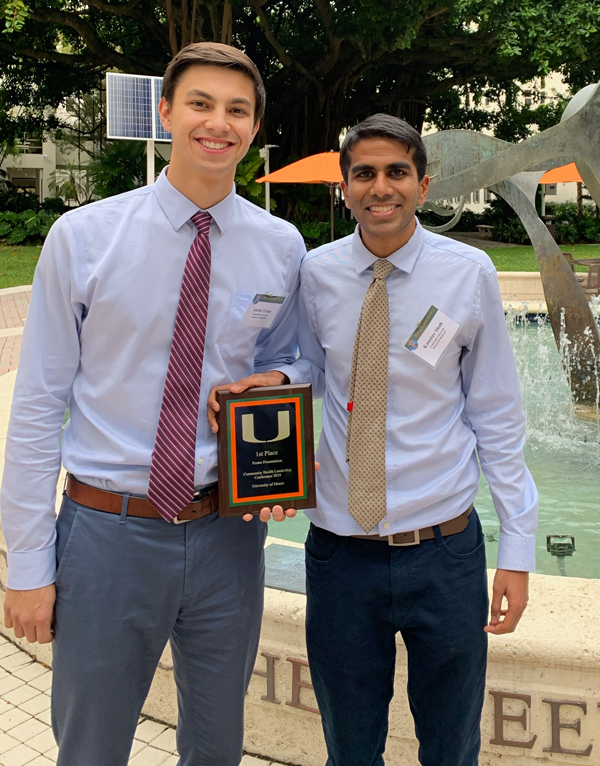
The team presented their telehealth proposal to Shade Tree leadership in the winter of 2019. Later that year, Triana and Shah presented the initiative at the University of Miami Community Health Leadership Conference and won a first-place award for their poster on the consulting group’s work at Shade Tree.
Even with this immediate success, however, the team could never have imagined how useful their telehealth preparation would turn out to be in just a few short months.
Moving Forward in Telehealth
When COVID-19 hit Nashville in March 2020, much of the needed infrastructure for converting Shade Tree to a telehealth model was already in place, thanks to the WICP initiative.
“It was incredibly helpful to have a lot of that hard work and thought and the structure already in place,” Day recalled. “By the time we started having to put a lot of it into action in real time during COVID, all of that work had already been done for us.”
In fact, Gusdorf, Shah, and Triana later started a telemedicine volunteer program to help prepare VUMC patients for their telehealth appointments. This project also formed the basis for the MLK Day service project led by the Social Mission Committee this January, when med students registered VUMC patients for My Health At Vanderbilt services.
The longevity of the project’s relevance speaks to the unexpected benefits that can arise from the innovation-focused consulting that stands as WICP’s core mission.
Or, as Treasure puts it, “You’re not just getting to an answer— you’re getting to an answer that actually improves the quality of care.”